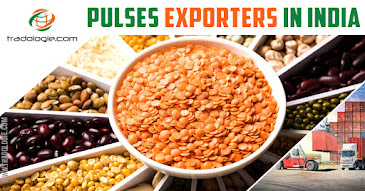Canola Oil Production, Benefits and Its Use

Consumer’s shift from animal/dairy-based oil to plant-based oil has been quick and remarkable. The shift can be attributed to changing food habits, exposure to different cultures and social media influences. Some of the common plant-based oils are Canola oil, sunflower oil, groundnut oil, olive oil, palm oil and linseed oil. Canola oil has gained immense popularity around the world in the last few years because of its numerous health benefits. So what exactly is Canola and Canola oil? Canola is a plant that is a member of the family of plants called crucifers. The plant is easy to identify because of four yellow petals forming the shape of a cross. The tiny seeds of the plant are crushed to extract Canola oil. Some of the leading producers of Canola oils are countries like Canada, Germany, China and India. Nutrients present in the Canola oil are abundant. Canola oil price is also reasonable compared to much plant-based oil. Few common nutrients are Vitamin E, Vitamin K and unsaturated ...




